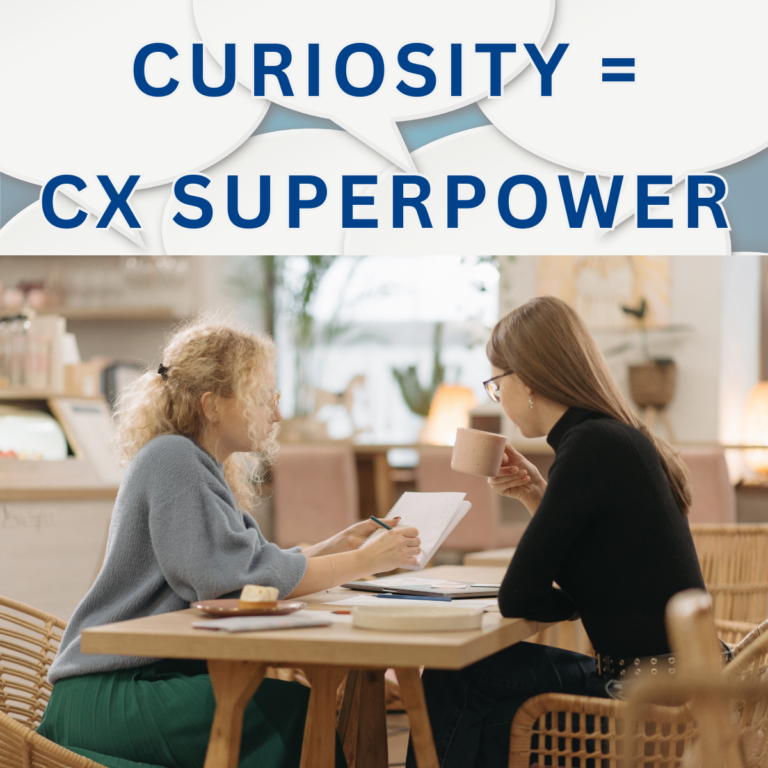The CXPA defines a Voice of Customer program (VOC) as a program with a coordinated series of measures, observations, data, surveys, and two-way conversations across multiple sources, all of which surface the customer’s perspective of the organization. (CXPA 26).
To understand what that means in development and alumni engagement, customers will be defined as the individuals who comprise alumni, donors, students, parents, friends, faculty, and staff… If you have a CRM, it would be anyone who has a record. Customers include engaged, unengaged, and lost constituents. The VOC is a way to capture everything the customers do, say, and act across the institution, divisions, units, and teams. It can be overwhelming to think of how to capture all of that information in one place. The good news is that you don’t need to start everywhere at once. Start with your department, and grow from there.
You may be surprised/ relieved to know that your institution may already be doing it. Think of the way that your constituents interact with you and then the ways you capture that activity- event registrations, event attendance, volunteers, mentors, advisors, social and email engagement, board members, meetings, help desk interactions, in-person visits, return to campus, etc.
You have a strong sense of the activities that your constituents are up to. The next step is to pull it together to build your VOC program.
The great news is that VOC isn’t created overnight or expected to be right the first time. This is an iterative process that will grow over time. The critical thing to remember, which is also your north star(s), as you begin to intentionally tie the data back to your constituents, you will improve your fundraising and engagement success which will lead to more significant and repeated engagement from your customers. And who doesn’t want that?

Where to begin?
- Complete an audit of the areas/ systems in which you’re already capturing information, such as:
- Event registrations.
- Help Desk Interactions
- Volunteer information
- Mentorship
- Networking (digital and in-person)
- Customer Relationship Management system (CRM)
- Fundraising tools (for example, Evertrue, Live Alumni, Anthology.)
- Networking tools (Graduway, Hivebright, PeopleGrove)
- Telefund
- Complete an audit of the areas where you receive customer feedback but aren’t storing it in a central place. For example:
- Generic email boxes
- Survey data
- Alumni center visits
- Social media comments
- General inboxes (alumni@…. plannedgiving@….. Homecoming@….)
- Telefund / Student Philanthropy Center conversations
- Ask yourself
- Can this information be brought into one platform? Remember, you can start slowly. You could begin where I did and start by adding all email correspondence from generic email boxes into your CRM.
- Discuss with your organization’s leaders (unit or department leaders) why customer engagement is crucial to success.
- What is your organization’s value proposition to its customers?
- How are you improving the lives of your customers? (this is different from why supporting the institution helps fund research, students, etc.). This is how are the engagement opportunities improving the lives of your alumni, donors, parents, etc.?
- What would it mean to your organization if you could decrease the number of last year but not this year (LYBUNT) donors?
I’d love to hear what you discover, what you’re doing, or any questions/ideas this raises for you.
Reference
Customer Experience Professional Association, CXPA Book of Knowledge. First Edition, 2022. https://www.cxpa.org/grow-your-knowledge/bookstore




